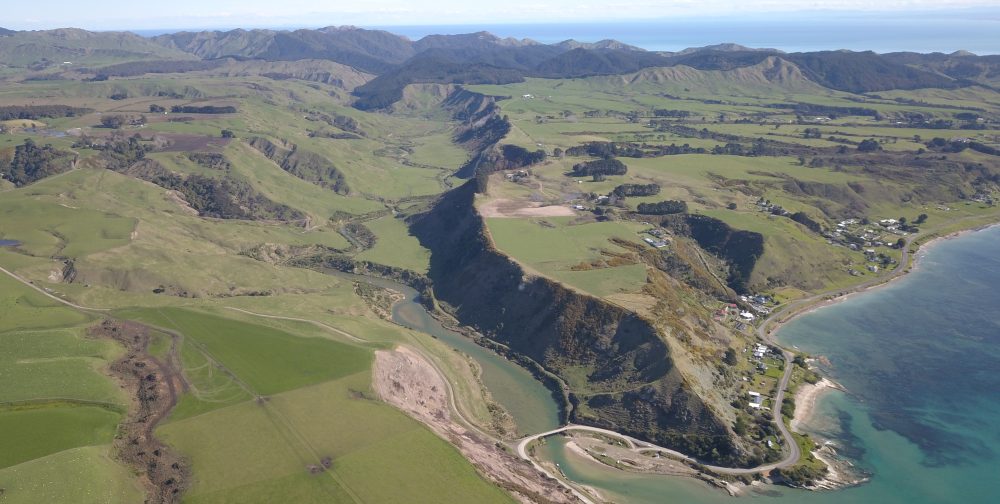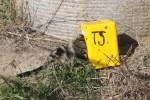MAHIA peninsula could be an ideal area for a large scale pest eradication programme says the Hawke’s Bay Regional Council. In 2016, the government proposed a $28 million project-to make New Zealand predator free by 2050. The project was aimed at ridding New Zealand of possums, rats, stoats and other introduced species to help the goal of predator free New Zealand become a reality. Hawke’s Bay Regional Council manager land services Campbell Leckie said achieving this goal would deliver huge benefits across the country, particularly to threatened native species. “Due to its isolated geographical configuration, the Mahia peninsula could be an ideal area for a large scale pest eradication programme,” Mr Leckie said. “Back in the 1990s, a project involving a predator fence didn’t get enough community support to get off the ground.”
The regional council has been involved with pest control in Mahia for many years and has organised a series of community meetings. Mr Leckie encouraged feedback from the community about a pest free Mahia vision. “The meeting will discuss a range of elements of a potential pest free project including pest control techniques, community benefits, funding and the importance of community support. “One potential funder from a petroleum company OMV NZ Ltd will be present to discuss their interest in participating in the project, should it proceed.” Mr Leckie said the Mahia pest free project was an exciting opportunity for the community to be involved in a cutting edge ecological restoration project. “It can only work if local landowners, Hapu and Iwi participate in, show leadership and help shape the direction of a Pest Free programme.
“This is an opportunity for locals to leave an impressive conservation legacy for future generations to come. Come along, ask your questions, air your concerns. Bring your family and whanau. Hot drinks and finger food will be provided.”
The first meeting will take place on Saturday April 14 from 9.30am-12pm at Tuahuru Marae for the Rongomaiwahine Iwi Trust.
The second meeting will be open to the wider community and will take place on the same day and at the same venue from 1-3.30pm.
Suzi Lewis
Journalist
The Wairoa Star Ltd















































